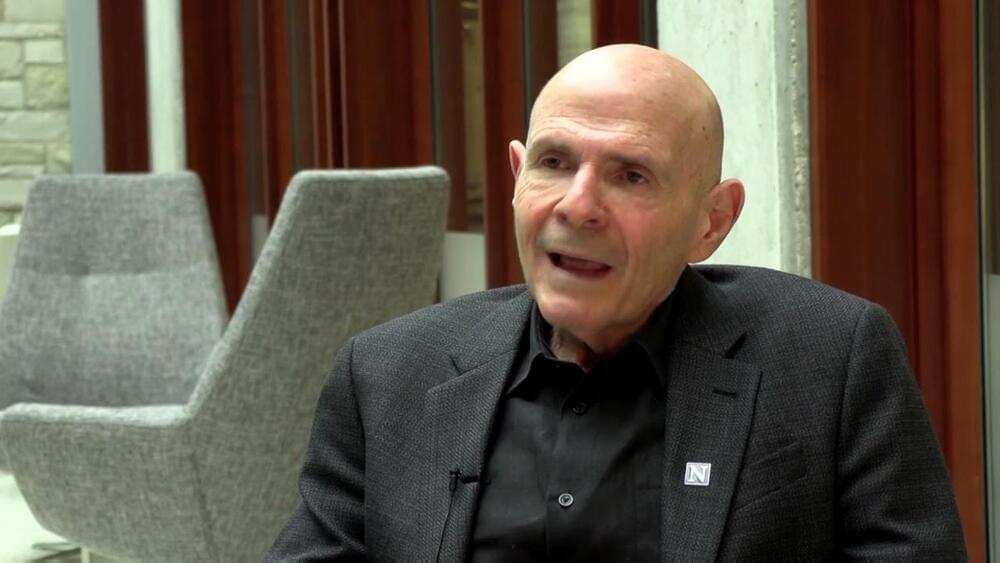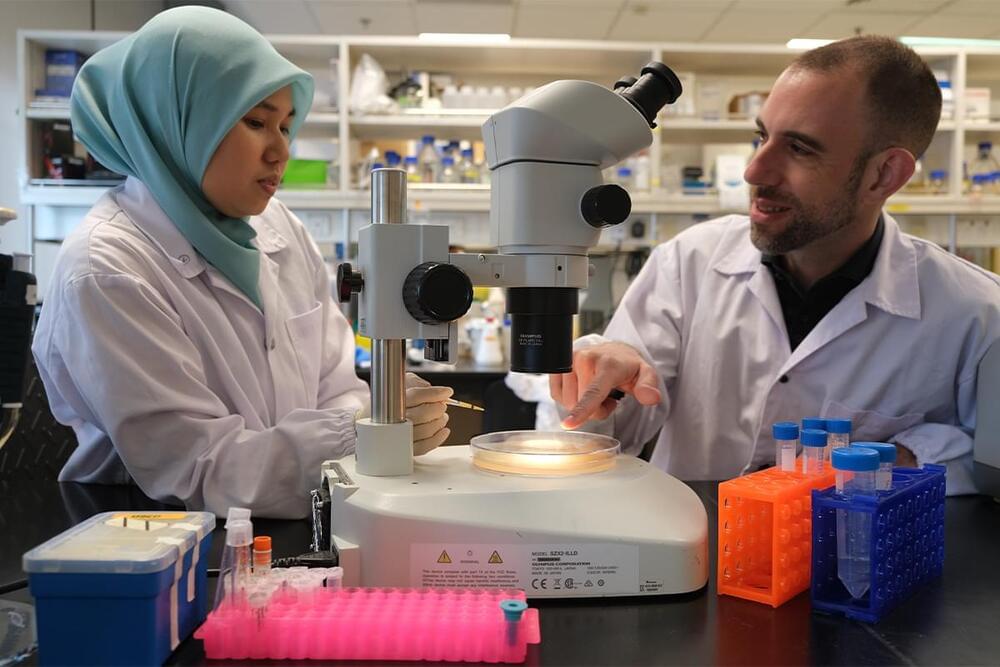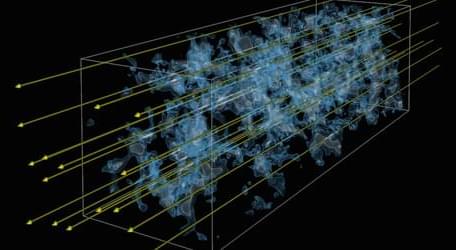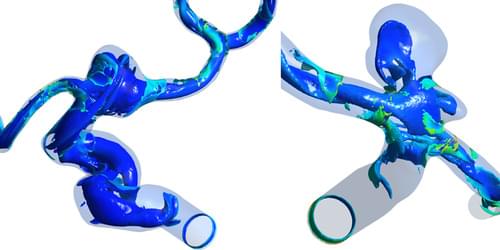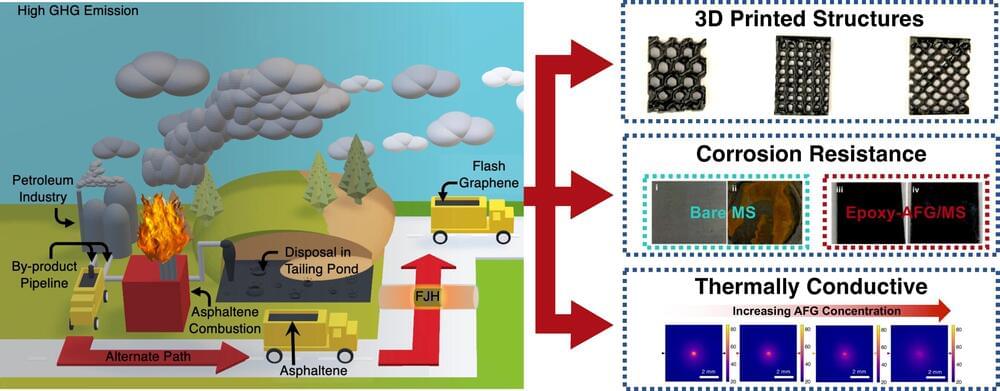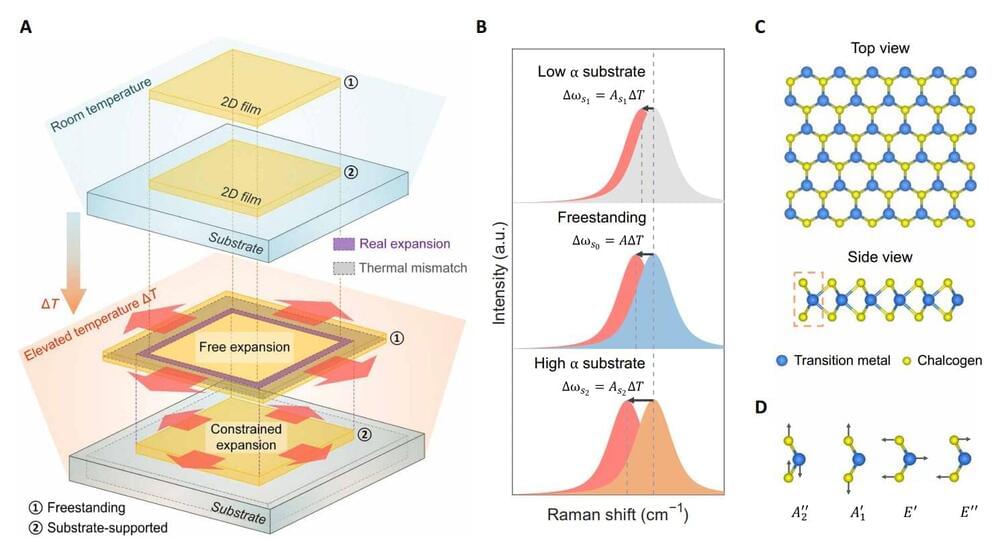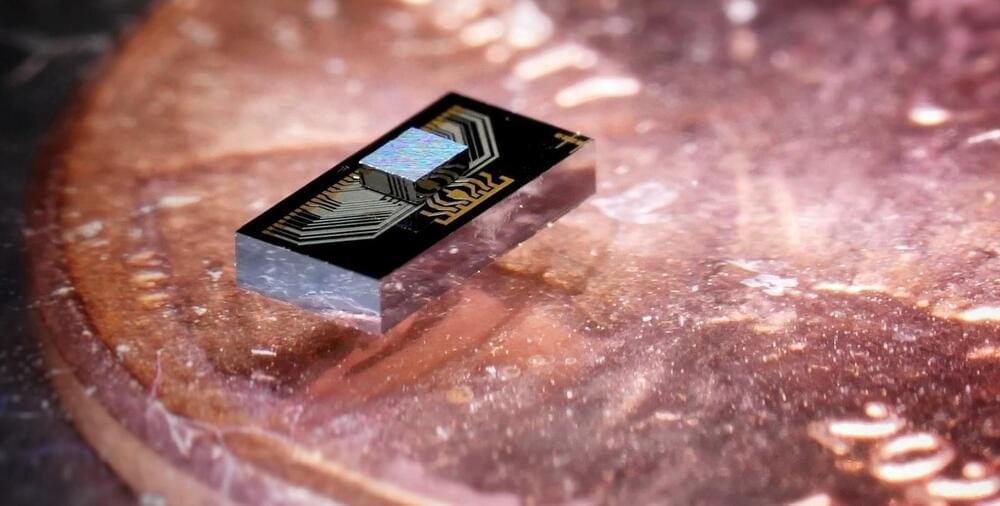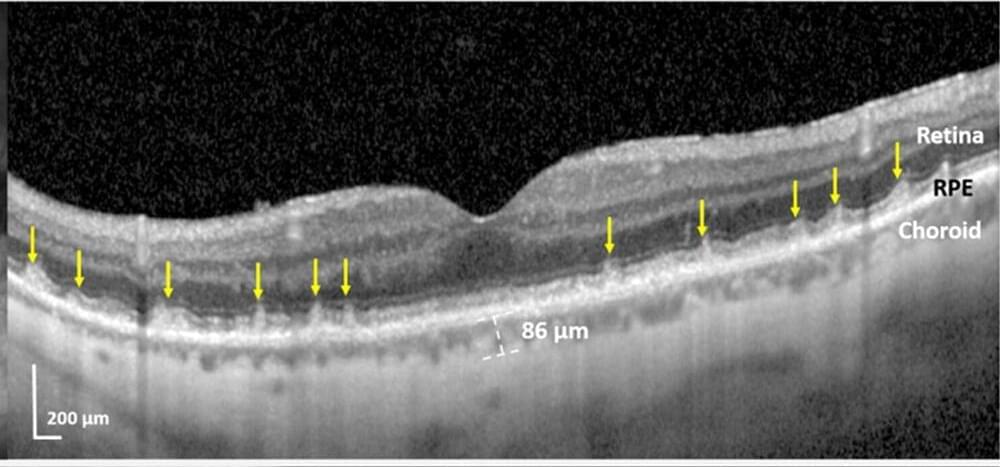
Patients with a specific form of age-related macular degeneration (AMD), a leading cause of blindness in the United States, are also highly likely to have either underlying heart damage from heart failure and heart attacks, or advanced heart valve disease, or carotid artery disease associated with certain types of strokes, according to a new study from New York Eye and Ear Infirmary of Mount Sinai.
This research, published November 17 in BMJ Open Ophthalmology, is the first to identify which types of high-risk cardiovascular and carotid artery disease are linked to the eye disorder. The findings could prompt increased screening to save vision, diagnose undetected heart disease, and prevent adverse cardiovascular events.
“For the first time, we have been able to connect these specific high-risk cardiovascular diseases to a specific form of AMD, the one with subretinal drusenoid deposits (SDDs),” explains lead author R. Theodore Smith, MD, Ph.D., Professor of Ophthalmology at the Icahn School of Medicine at Mount Sinai.
